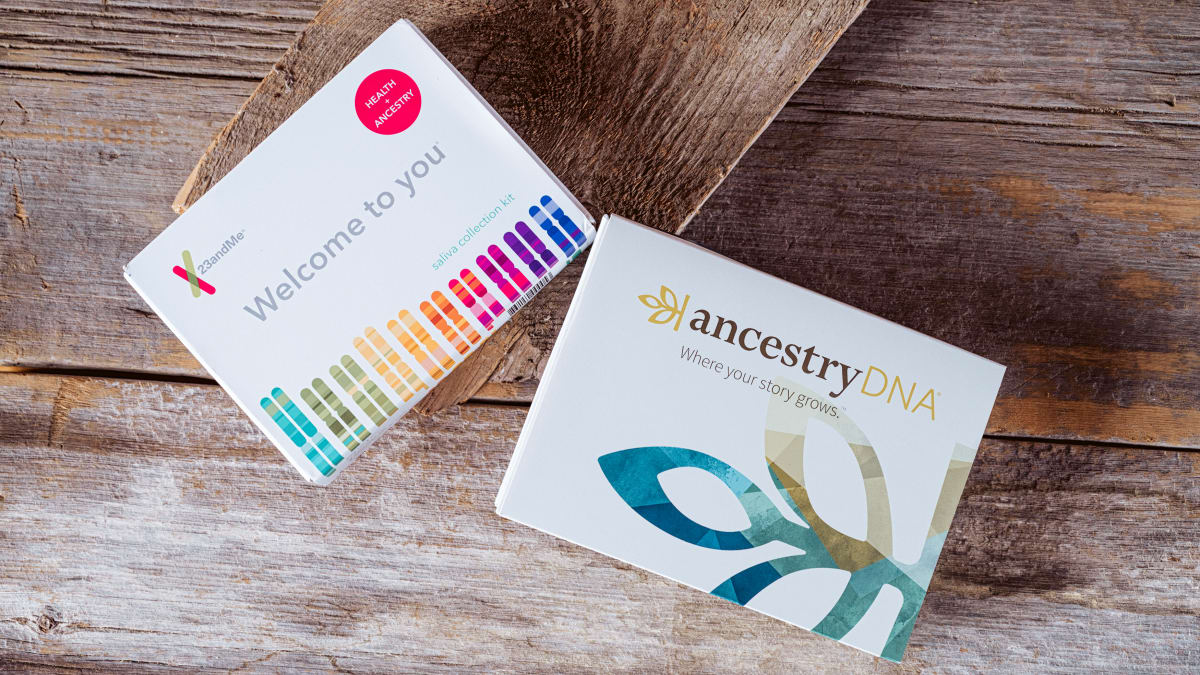

Mountain said the most underrepresented countries for 23andMe include countries in sub-Saharan Africa, Central Asia and Southeastern Asia. “There’s still a long way to go in terms of having genetic studies represent the entire globe.” and Europe,” said Joanna Mountain, senior director of research at 23andMe. “It’s not that long ago that the main studies kicked off, and mainly these were conducted in the U.S. This summer, it will begin awarding grants to researchers to get more DNA samples into its system. says it’s updating its algorithm to provide more detailed results and staying current with public projects whose focus is to understand global genetic diversity.Ģ3andMe hopes to jumpstart that process. Now, after some public criticism, genetic ancestry services across the board are hoping to make their genetic databases more racially robust. “I discovered that their reference population for West Asian/Middle Eastern was very tiny in comparison to their reference population for Europeans, and yet West Asia is no less diverse than the four major groups that created modern day Europe,” Malachi said. She said her background is West Asian/Middle Eastern, German, Dutch and Italian/Balkan.

I was horrified that the European was so overestimated that at first they didn’t even detect my non-European heritage, except for less than 1 percent,” wrote Sayeeda Malachi in an email. Kim isn’t alone with his experience with an ancestry product.

“As more people take DNA tests, we will be able to provide more granular insights about their family history.” “The data set behind our product experience is a combination of publicly available data and our database of customers,” an spokesperson said in an email. That’s 645 people from an area spanning almost a quarter of the globe, including the world’s most populous country. Kim’s result came from comparing his DNA and finding 645 people in their database with a similar genetic makeup. The comparison looks for genetic similarities to narrow down which part of the world others with the same genetic makeup are from. To analyze a customer’s DNA, these ancestry products compare one person’s DNA to others in their database. Kim’s ethnicity estimate said he’s from Asia East, an area that includes Russia, China, North Korea, South Korea, Mongolia, Myanmar, Japan, Taiwan, Philippines, Indonesia, Thailand, Laos, Cambodia, Vietnam, Singapore, Brunei and Palau. It just kind of lumps all Asians together.”Ī’s product can narrow down people’s ancestry to 289 regions in Europe, but it only has four regions for all of Asia. “It‘s like taking a Chinese guy and casting him as a Japanese guy in a movie. “ I guess at some level it was initially funny, but at another level it was also just kind of disappointment,” Kim said. So, like a college admissions letter, he frantically clicked through the site to log in. Weeks later, he got an email saying the results were in. “So I was hoping for some sort of surprise.” At home, growing up, we had a leather-bound book that must have been 6 inches thick that is like the national registry of every clan there is,” Kim said. He purchased an kit, spit in the tube to provide his DNA and sent it in. Michael Kim in Chicago found out the hard way. They say they provide a way to dive into your heritage, possibly unearth some skeletons in your genetic closet and really narrow down what percentage of what ethnicity lives in your genes.īut when people of color use these products, simply put, they often don’t live up to the hype. Ever wondered where you come from? Like, every wanted to look far back? Really, really far back?īeyond calling up your oldest relative and combing through there family tree, there’s a whole industry that wants to help: Direct-to-consumer genetic ancestry products ranging from to 23andMe.


 0 kommentar(er)
0 kommentar(er)
